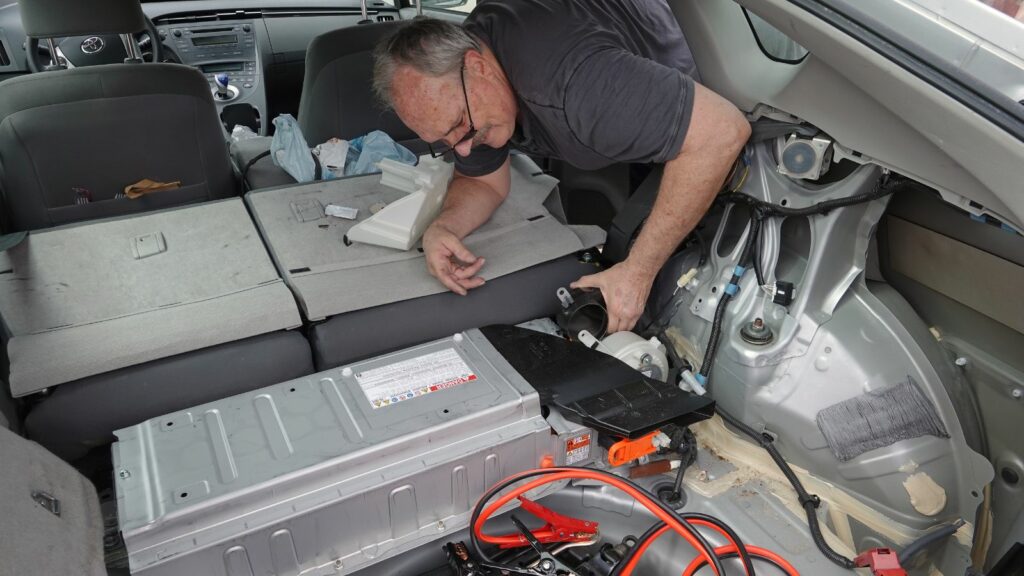Hybrids have taken a firm hold in Canada and the US, offering a blend of gasoline and electric power that promises better fuel economy, reduced emissions, and sometimes even a few tax breaks. On paper, they sound like the perfect compromise. But once you live with a hybrid, you realize the ownership experience is full of small surprises — both good and bad. Buyers often discover quirks that marketing glosses over, and some end up wishing they had been better prepared before signing the paperwork. Here are twenty things hybrid owners say they wish they had known earlier.
Battery Replacement Costs Are Real
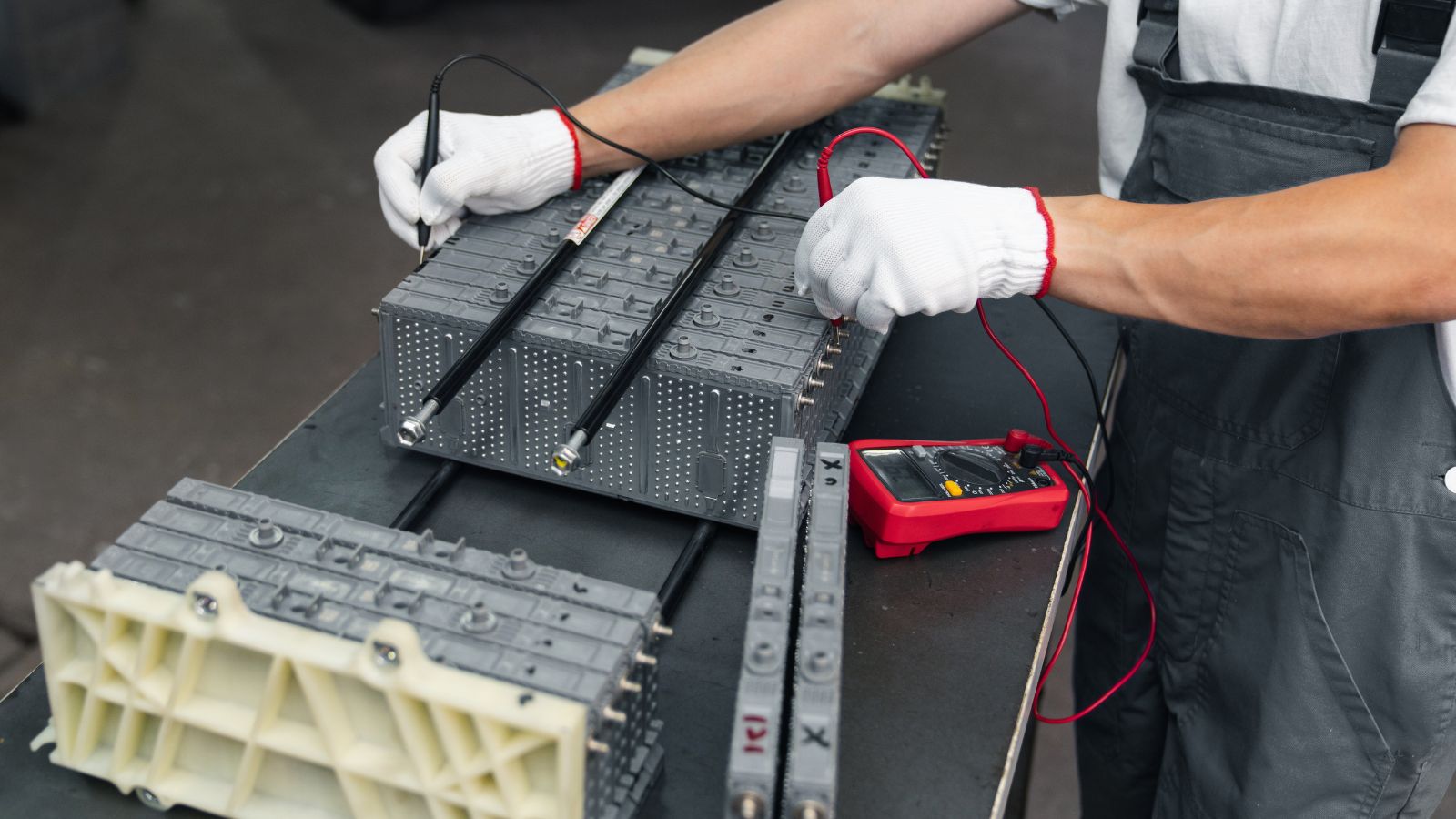
Hybrid batteries are designed to last for years, often well over 150,000 kilometers, but they eventually degrade. Replacement can run anywhere from $2,000 to $6,000 depending on the car. Many buyers assume the savings at the pump will offset everything, but when the warranty expires, a battery replacement can wipe out those gains quickly. Some owners wish they’d factored that into long-term budgeting.
Fuel Economy Isn’t Always Amazing
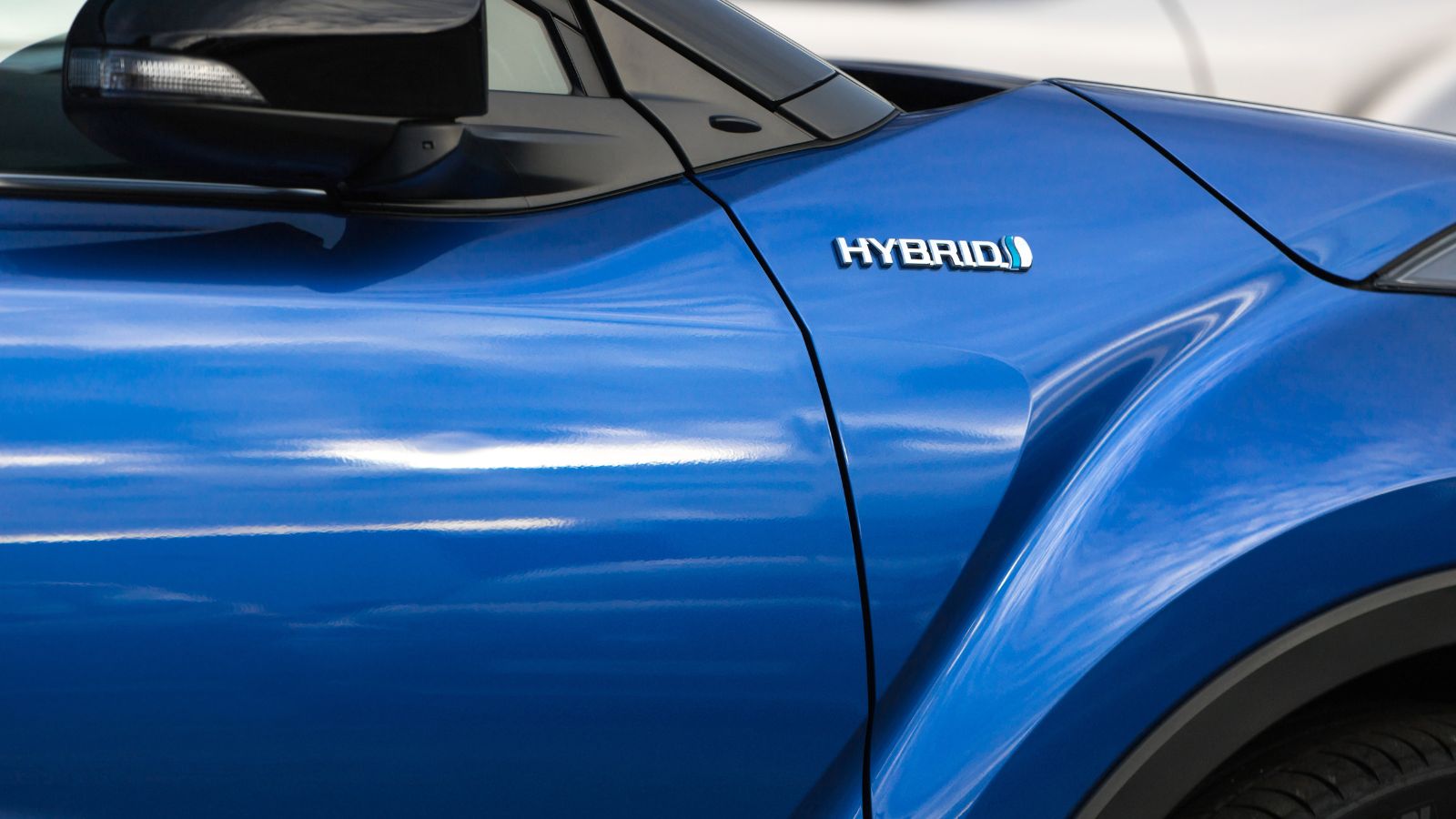
Hybrids are advertised with impressive fuel numbers, but the fine print matters. They thrive in city driving where regenerative braking and electric-only creeping reduce gas use. On long highway trips across rural Canada or stretches of the US interstate, the gas engine ends up doing most of the work, and fuel economy often isn’t much better than a regular sedan. Owners expecting miracles on road trips are sometimes left disappointed.
Cold Weather Hurts Efficiency

Hybrids hate Canadian winters. Cold weather reduces battery efficiency, forcing the gasoline engine to step in more often. Short trips in particular show worse results, with cars struggling to warm up properly. Many northern buyers report their fuel economy dropping by 20–30 percent in deep winter, which makes the advertised figures look optimistic at best.
Limited Towing Ability
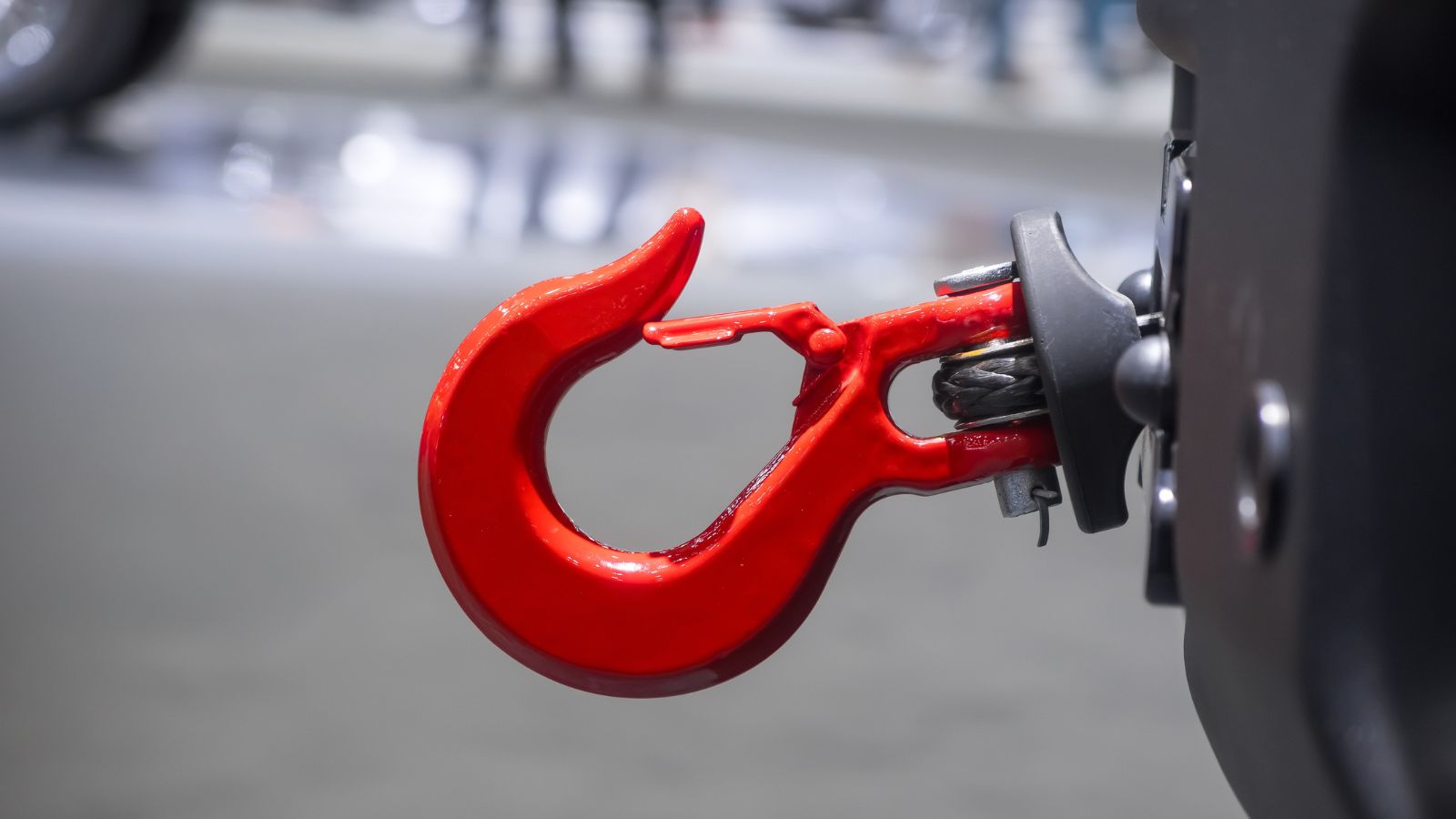
Unlike SUVs and trucks, most hybrids aren’t built for towing. In fact, many aren’t rated to tow anything at all. Those who buy a hybrid thinking they’ll still haul a small camper or boat often regret the compromise. Even hybrid SUVs usually have far lower towing limits than their gas-only siblings.
Maintenance Isn’t Always Cheaper
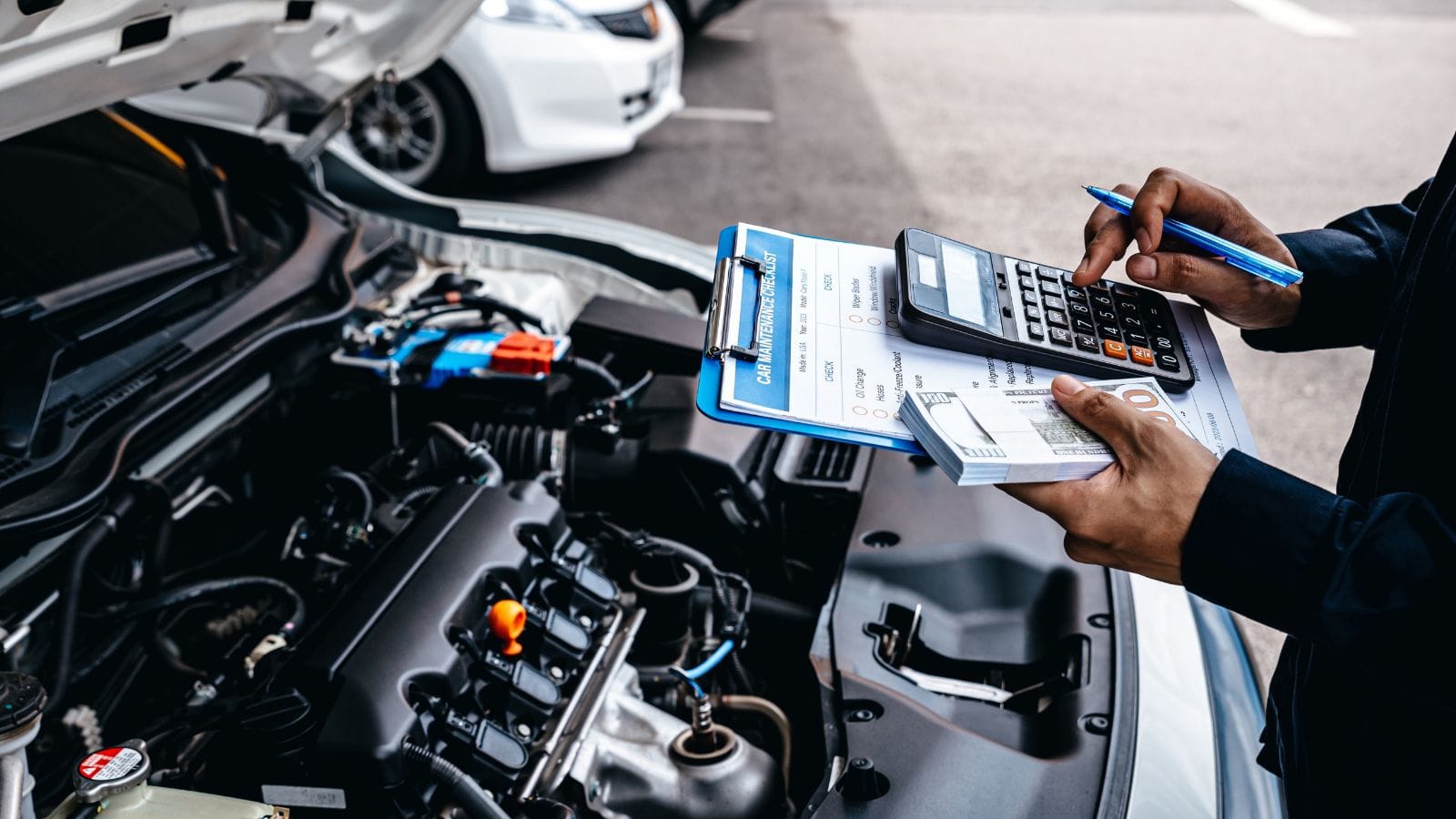
It’s easy to assume hybrids are cheaper to maintain because the gas engine isn’t working as hard, but they add complexity. In addition to a traditional engine, you’ve got battery packs, electric motors, cooling systems, and specialized electronics. If something fails, repairs can be far pricier than expected. Some mechanics even charge a premium for hybrid work because of the specialized systems involved.
Brake Feel Can Be Odd
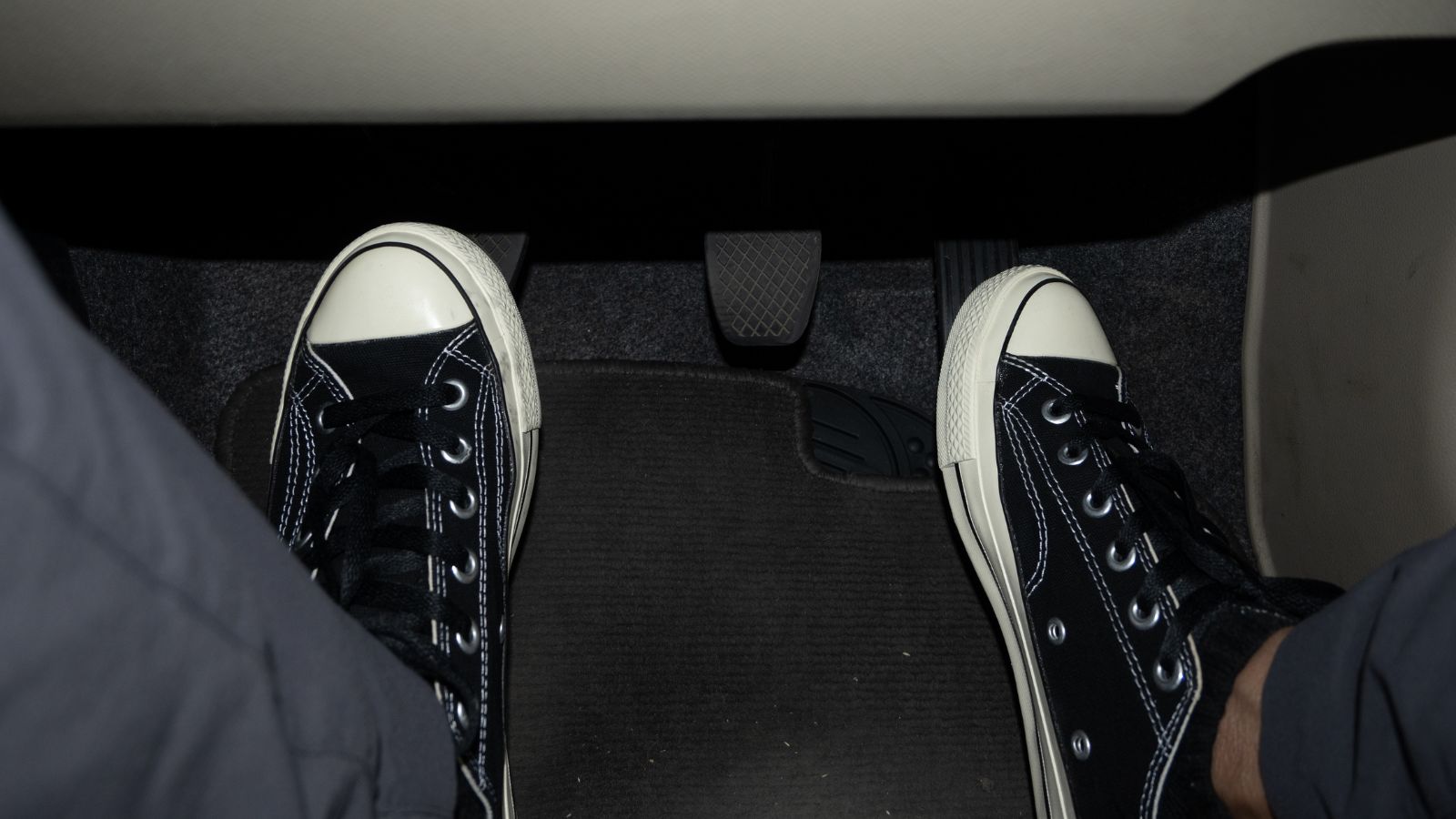
Regenerative braking captures energy, but it changes how brakes feel. Many drivers describe the pedal as mushy, inconsistent, or less reassuring than conventional brakes. The transition between regenerative and mechanical braking can be noticeable, and it takes getting used to. For buyers who prioritize driving feel, this can be a frustrating adjustment.
Less Trunk Space
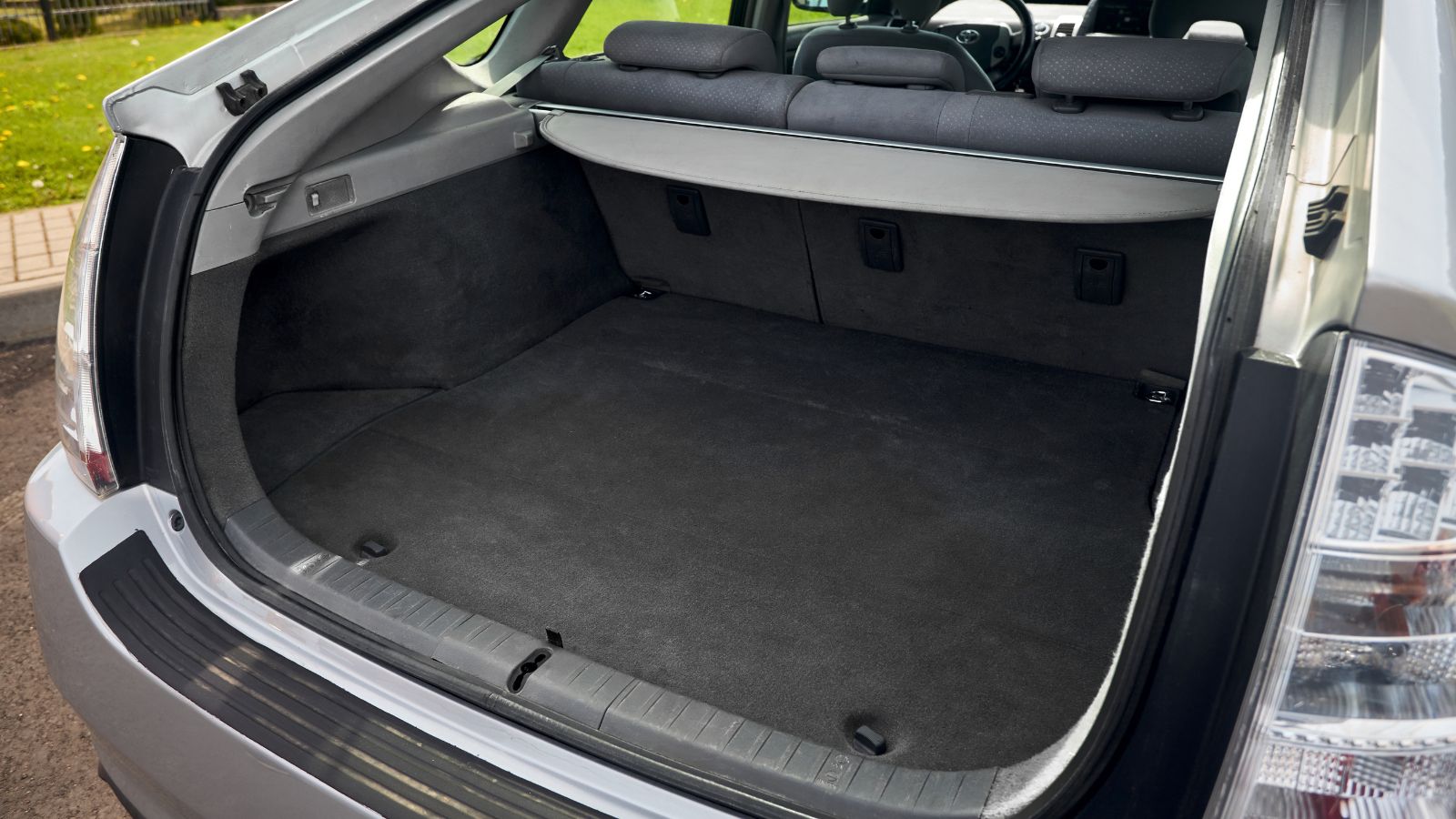
Battery packs take up valuable space. Some hybrids sacrifice part of the trunk or reduce rear seat folding capability. Families often discover too late that their stroller, hockey bags, or luggage don’t fit as easily as they would in a gas-powered equivalent. In smaller hybrid sedans, cargo compromises are particularly noticeable.
Not All Mechanics Can Fix Them
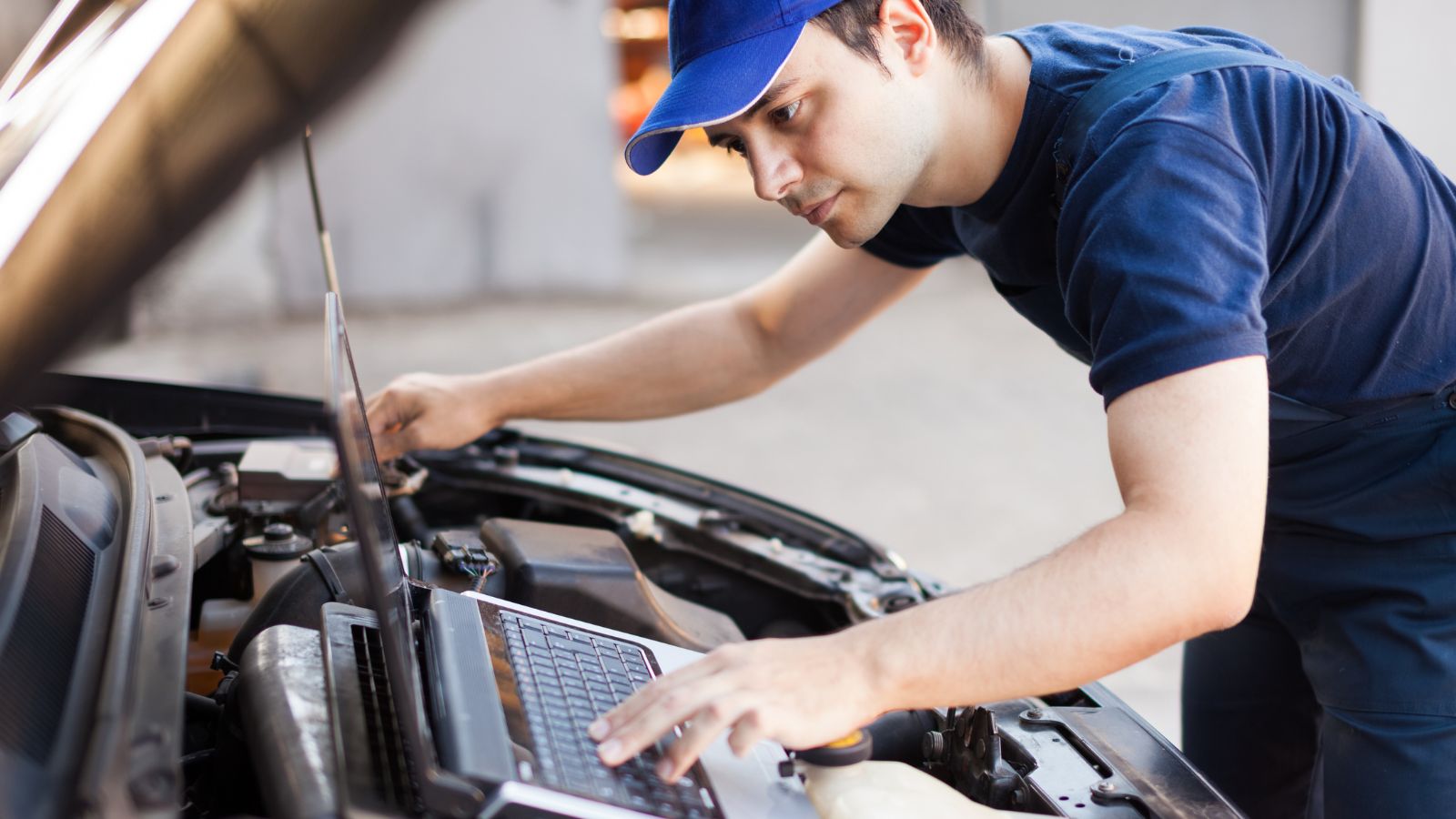
Hybrids aren’t like regular cars. They require training, high-voltage safety equipment, and sometimes proprietary tools. Many independent garages won’t touch hybrid systems, leaving you tied to dealerships for big jobs. That means higher labor rates and longer waits. Buyers often wish they’d checked their local service options before committing.
Highway Performance Can Disappoint
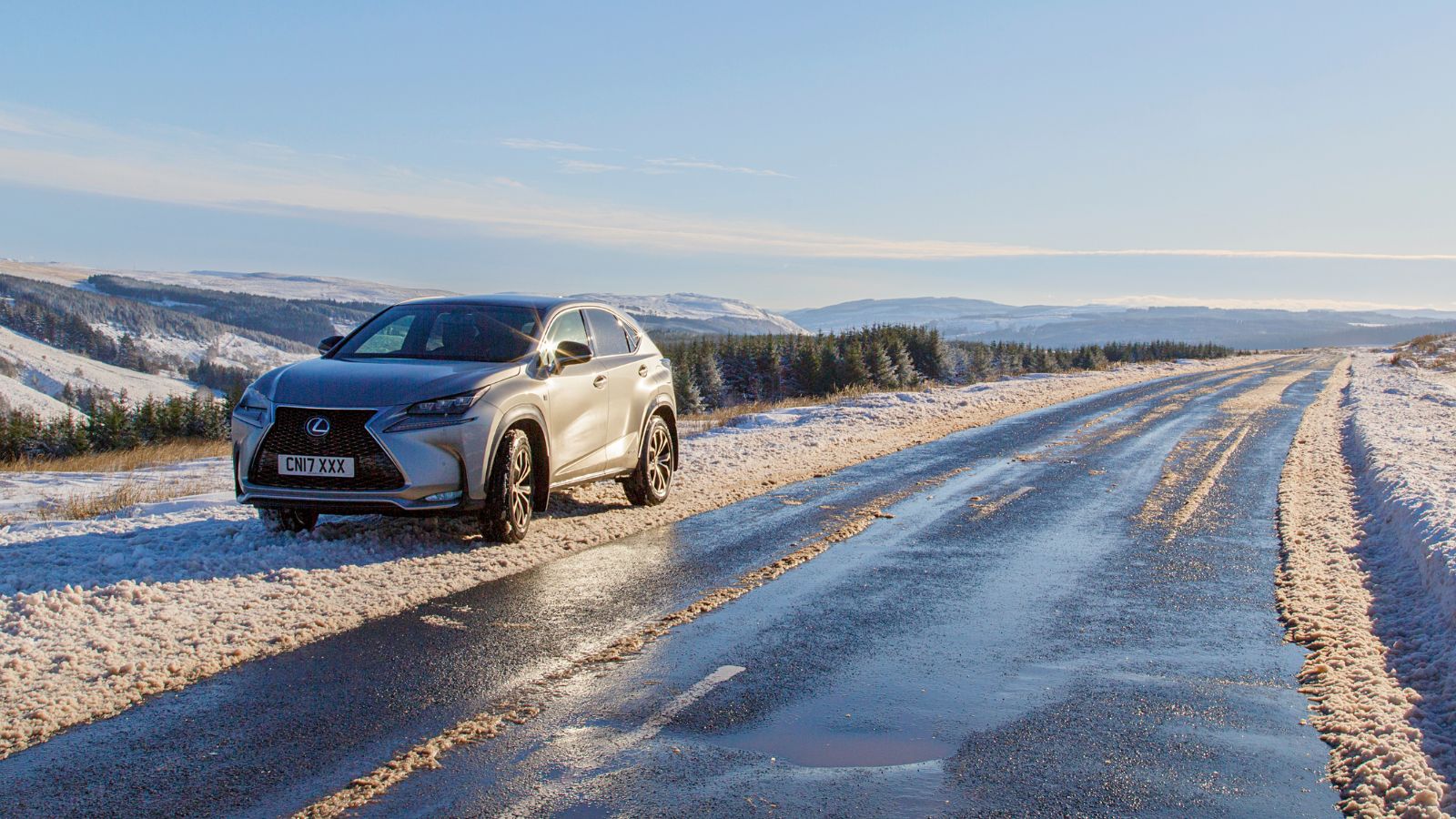
Most hybrids aren’t designed for sporty driving. On the highway, the small gas engine can get loud and strained when merging or overtaking. Some hybrids also use continuously variable transmissions (CVTs), which drone under acceleration. Drivers who expect Porsche-like refinement are often disappointed once the honeymoon phase ends.
Long-Term Resale Value Is Unpredictable
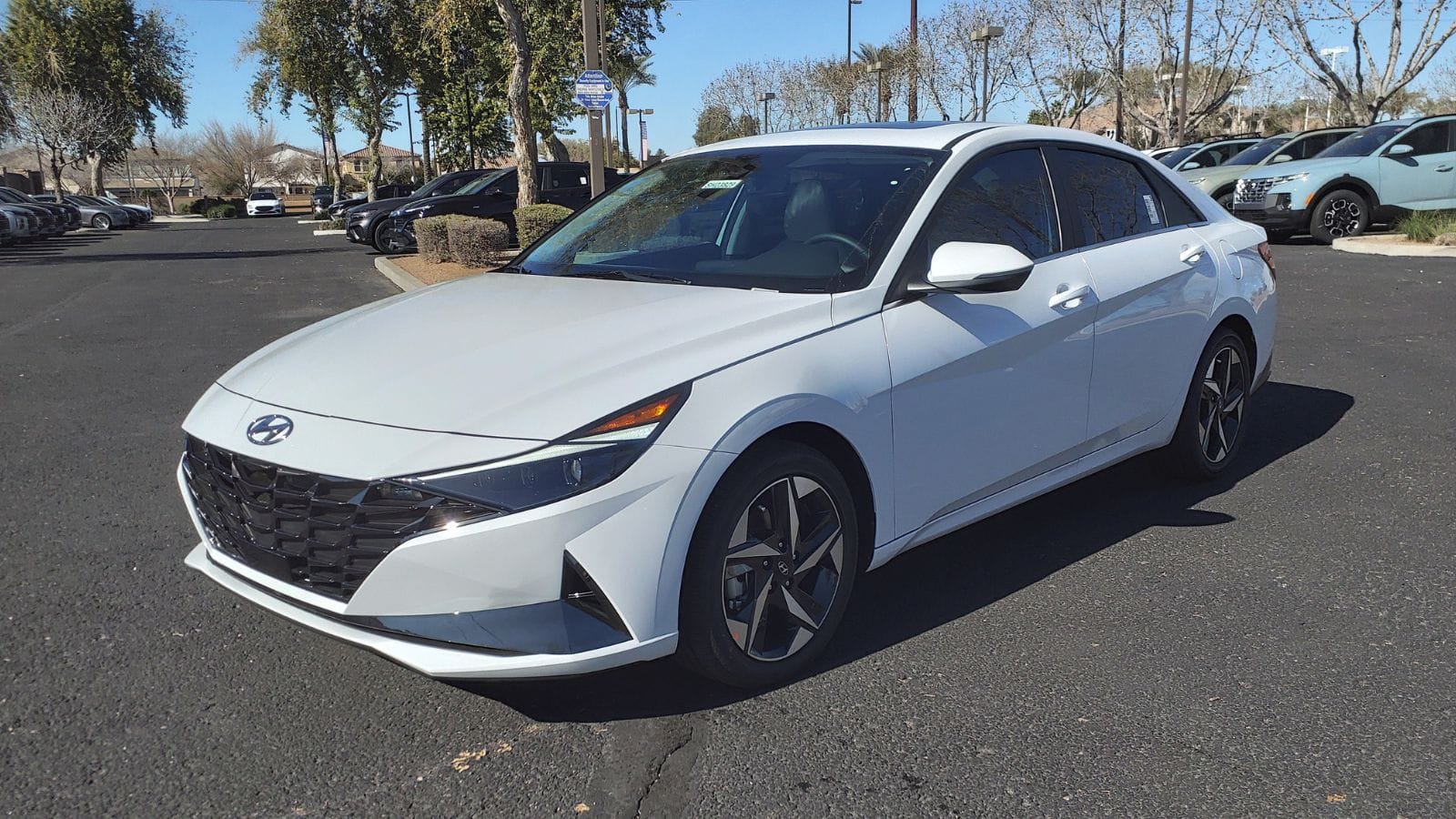
While hybrids used to have strong resale because they were rare, the market is now flooded with them. Add in concerns about battery replacement costs, and some models depreciate much faster than buyers expect. Owners of older hybrids sometimes struggle to sell their car for a fair price when the time comes.
Electric-Only Range Is Short
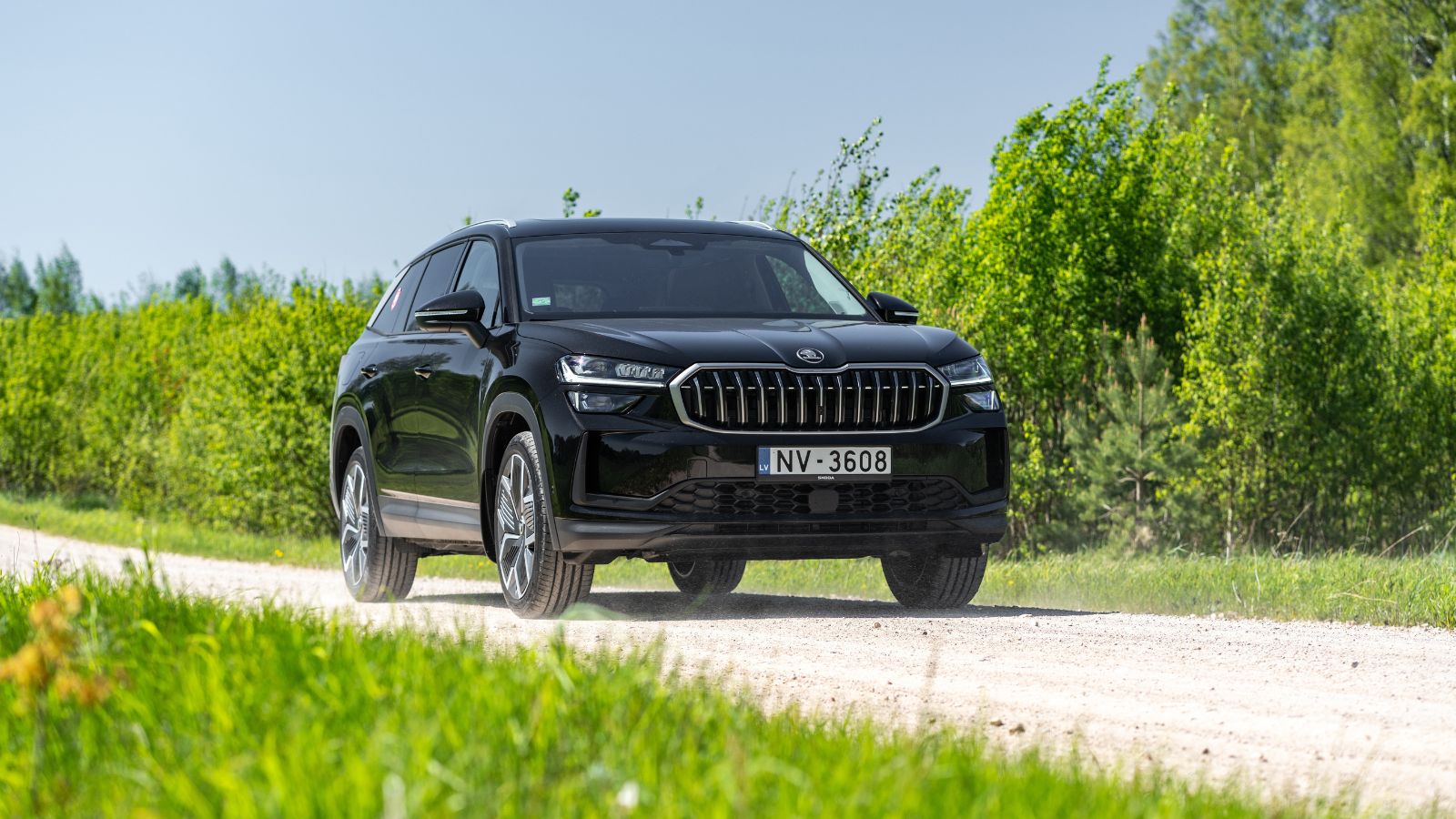
Unless you buy a plug-in hybrid, don’t expect to glide silently through town for miles. Most hybrids can only run on electric power for a mile or two at very low speeds. Many new owners are surprised when they realize the car still fires up the gas engine almost immediately on anything more than a crawl.
Insurance Can Be Higher
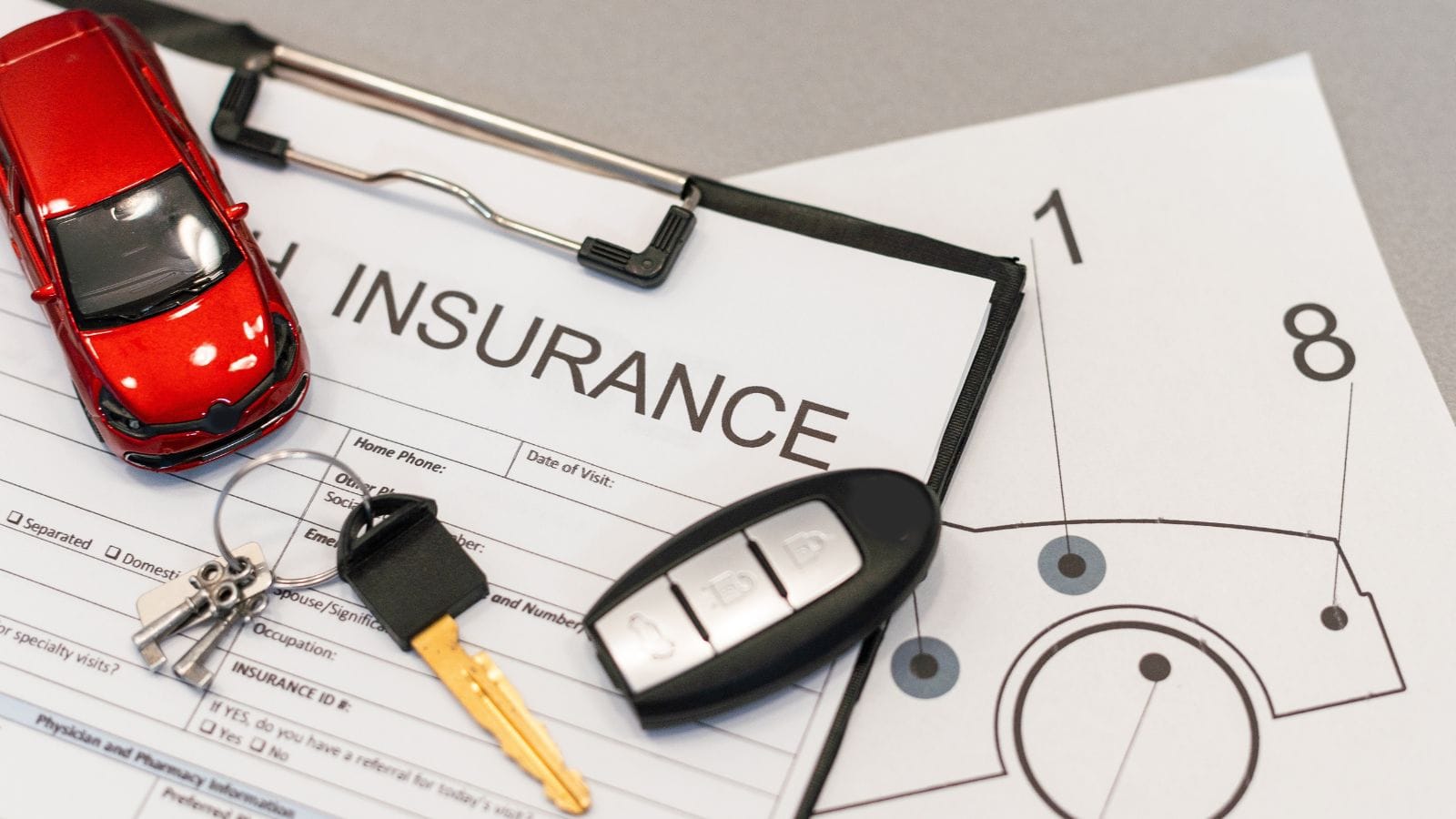
Hybrids often cost more to insure because of expensive replacement parts and fewer qualified repair shops. Even small fender benders can cost more if hybrid-specific components are damaged. Some buyers only find out after calling their insurance company that the savings at the pump are partially offset by higher monthly premiums.
Tires Wear Faster
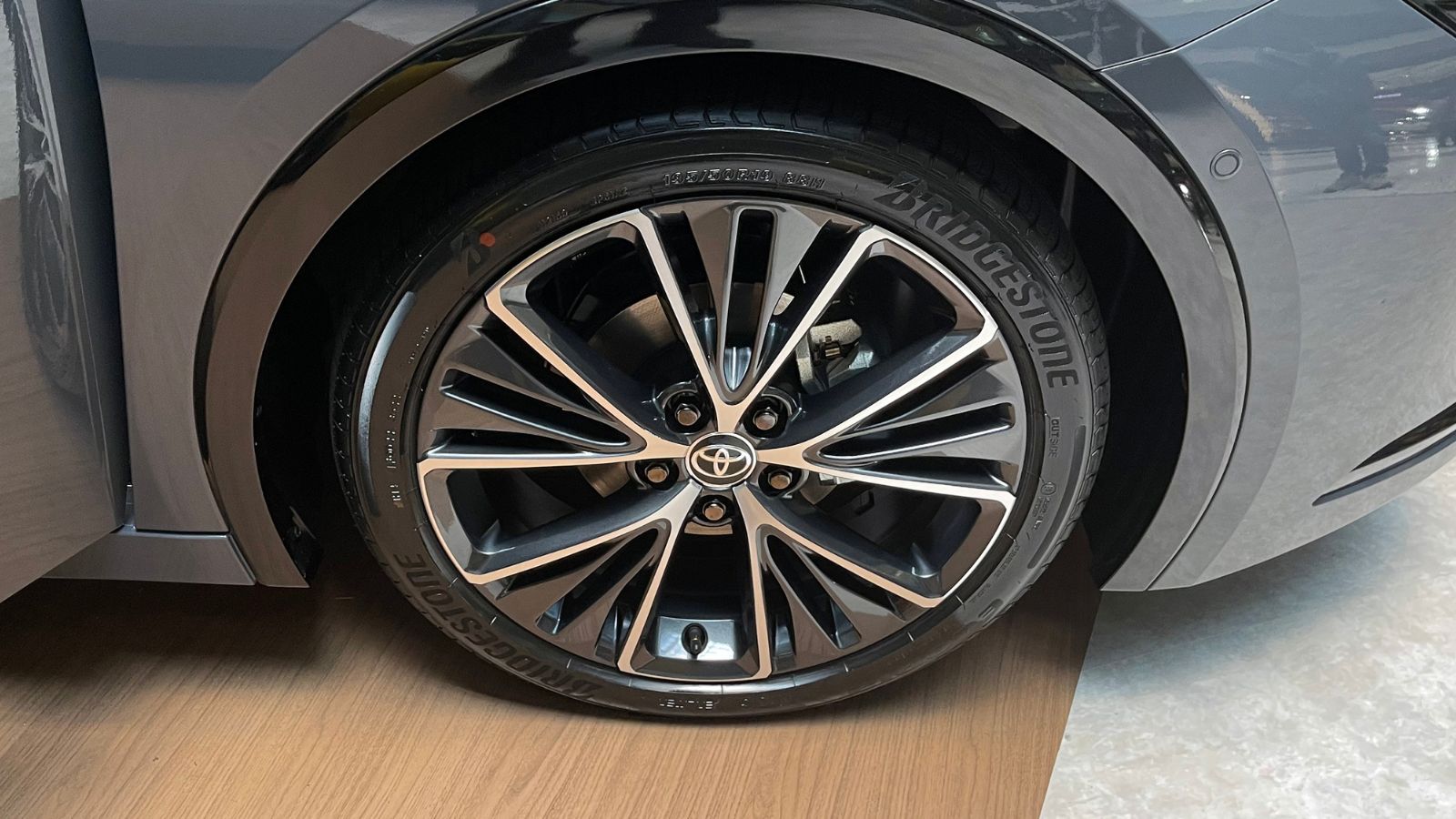
Hybrids are heavier than their gas-only cousins because of the battery packs. That extra weight puts more strain on tires and suspension components, sometimes leading to shorter tire life. Owners who expected low running costs often grumble about buying new tires more often than they did before.
Cabin Heaters Drain Efficiency
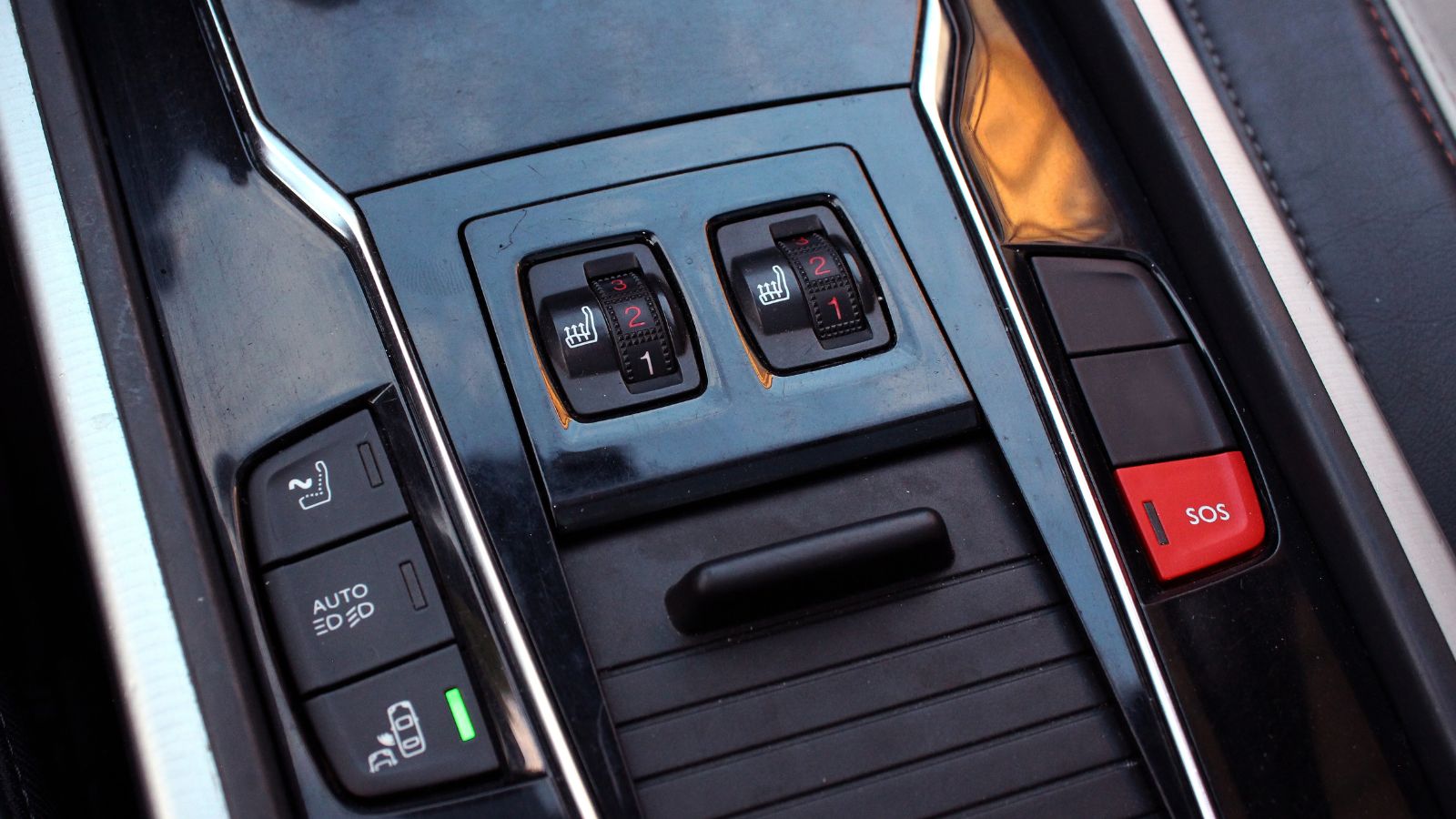
In cold climates, hybrids don’t generate cabin heat until the gas engine runs, so using the heater means losing efficiency. Some hybrids use electric heaters, which can also drain the battery quickly. Canadian owners often report watching their fuel economy tank during harsh winters simply because they wanted to stay warm.
Plug-In Hybrids Need Charging Discipline
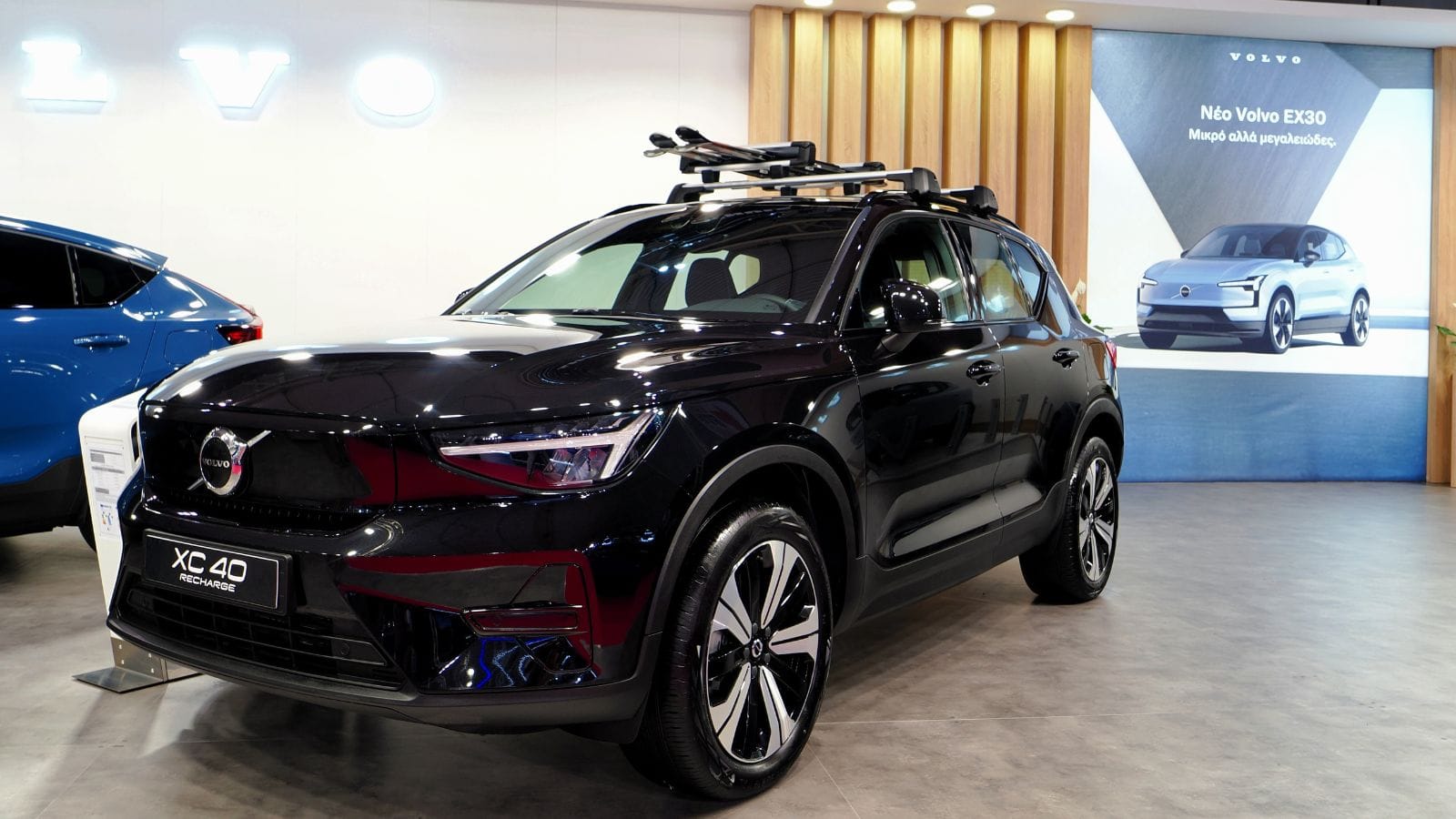
Plug-in hybrids can be brilliant — if you actually charge them. Some buyers skip plugging in regularly, turning their car into a heavy, complex gas vehicle. Without daily charging habits, plug-ins lose their main advantage, and many owners end up frustrated when they don’t see the promised fuel savings.
They Don’t Always Pay for Themselves

The upfront cost of a hybrid is usually higher than a comparable gas car. Depending on fuel prices, some buyers realize it could take a decade of driving to break even on the savings. If you don’t drive enough miles each year, or if gas prices dip, hybrids may not be the money-saving miracle they appear to be.
Driving Feel Can Be Numb

For enthusiasts, hybrids often feel disconnected. The focus on efficiency means steering is lighter, throttle response softer, and transmissions less engaging. Buyers who care about spirited driving often wish they’d chosen something with more personality.
Battery Cooling Matters
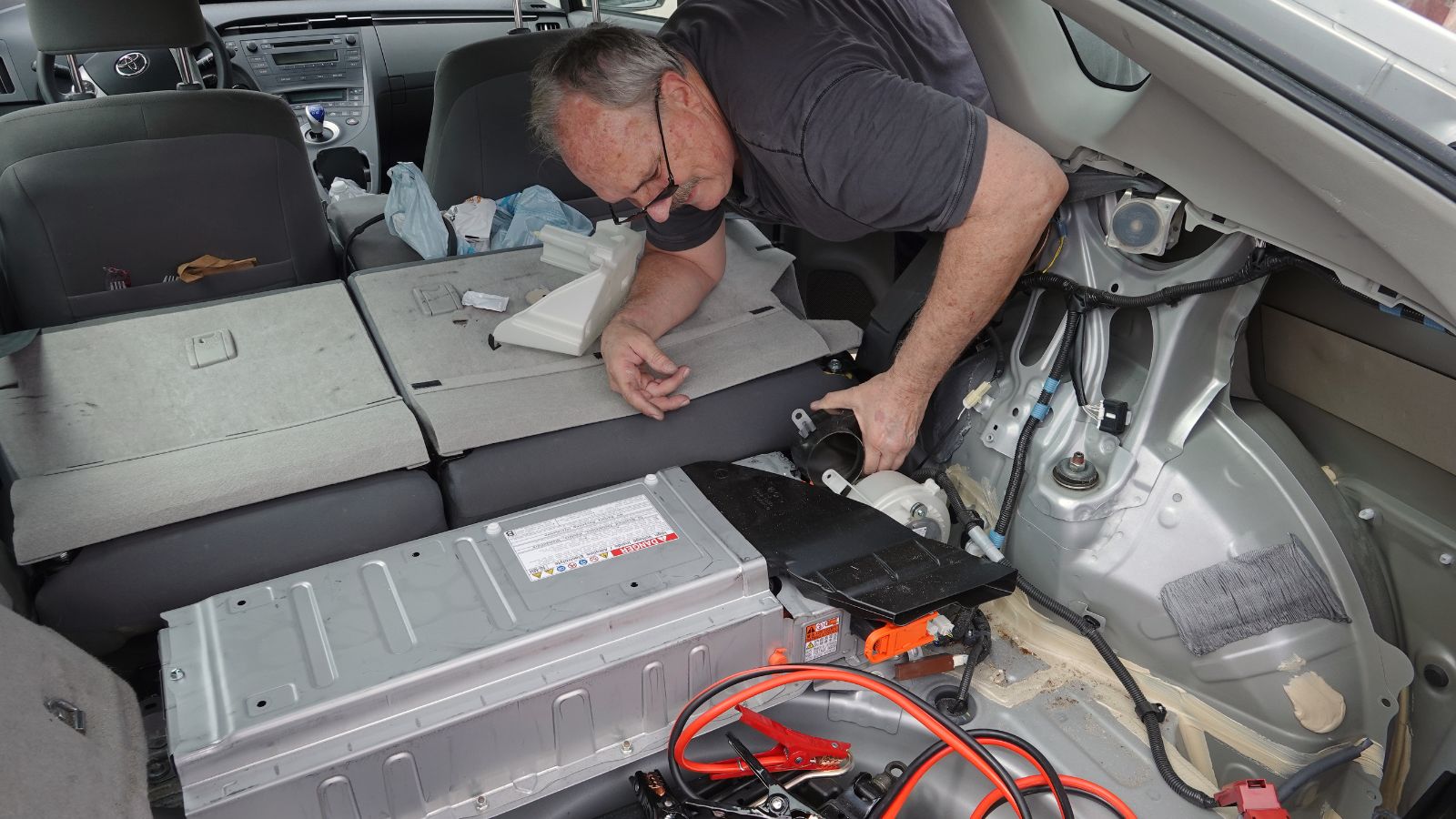
Hybrid batteries need airflow to stay cool. Many cars use ducts that run through the cabin, often under seats. If vents get blocked by bags, clothing, or pet hair, it can cause overheating. Some owners only learn this after costly repairs, wishing they had known how simple maintenance could have prevented problems.
Tech Ages Quickly
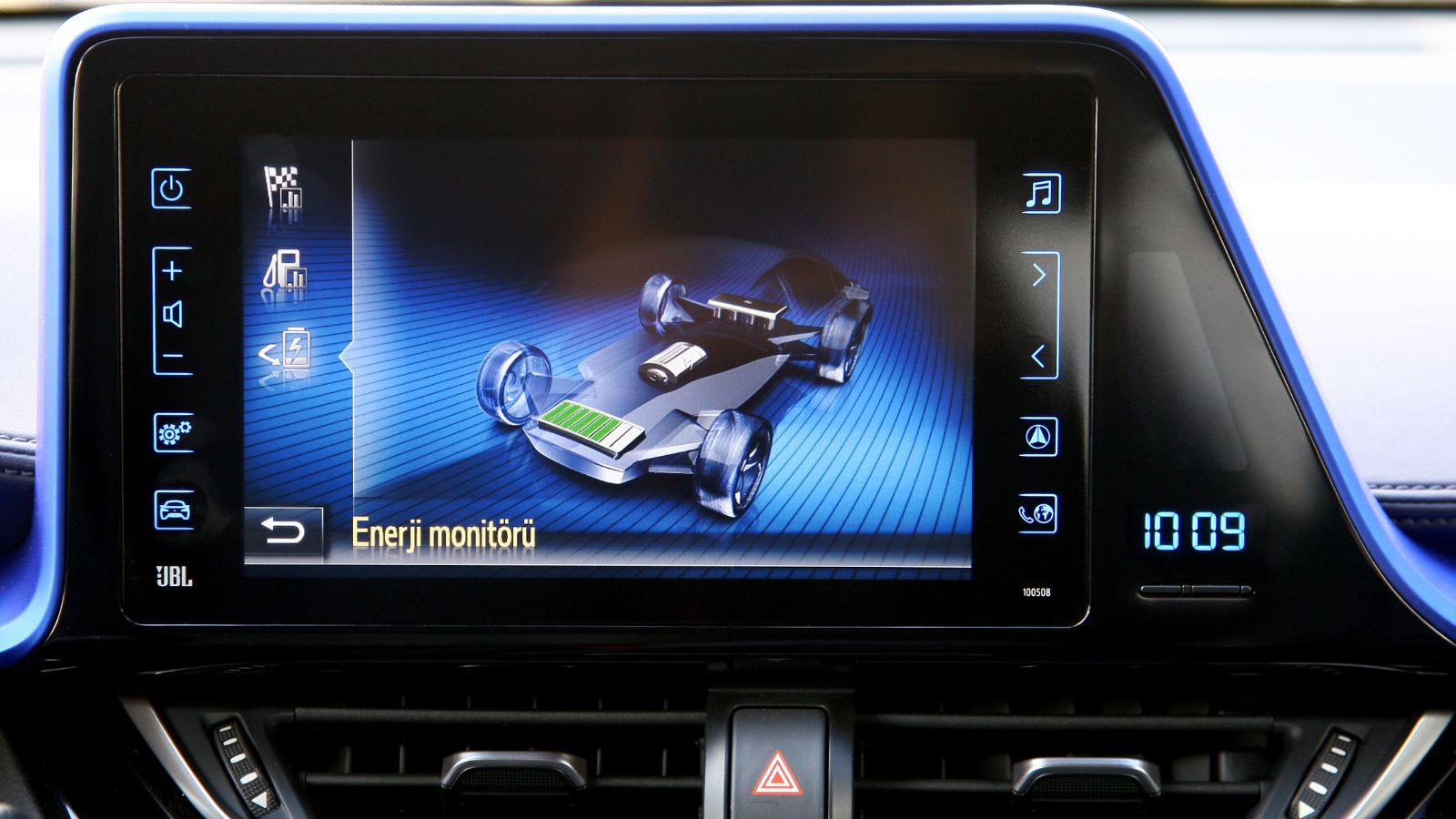
Hybrids tend to be packed with the latest displays, controls, and electronic gadgets. The trouble is, technology that looks futuristic today can feel dated in five years. Outdated screens, clunky infotainment, or worn-out touch-sensitive controls leave many owners wishing their car aged more gracefully.
You’ll Still Spend Time at the Pump
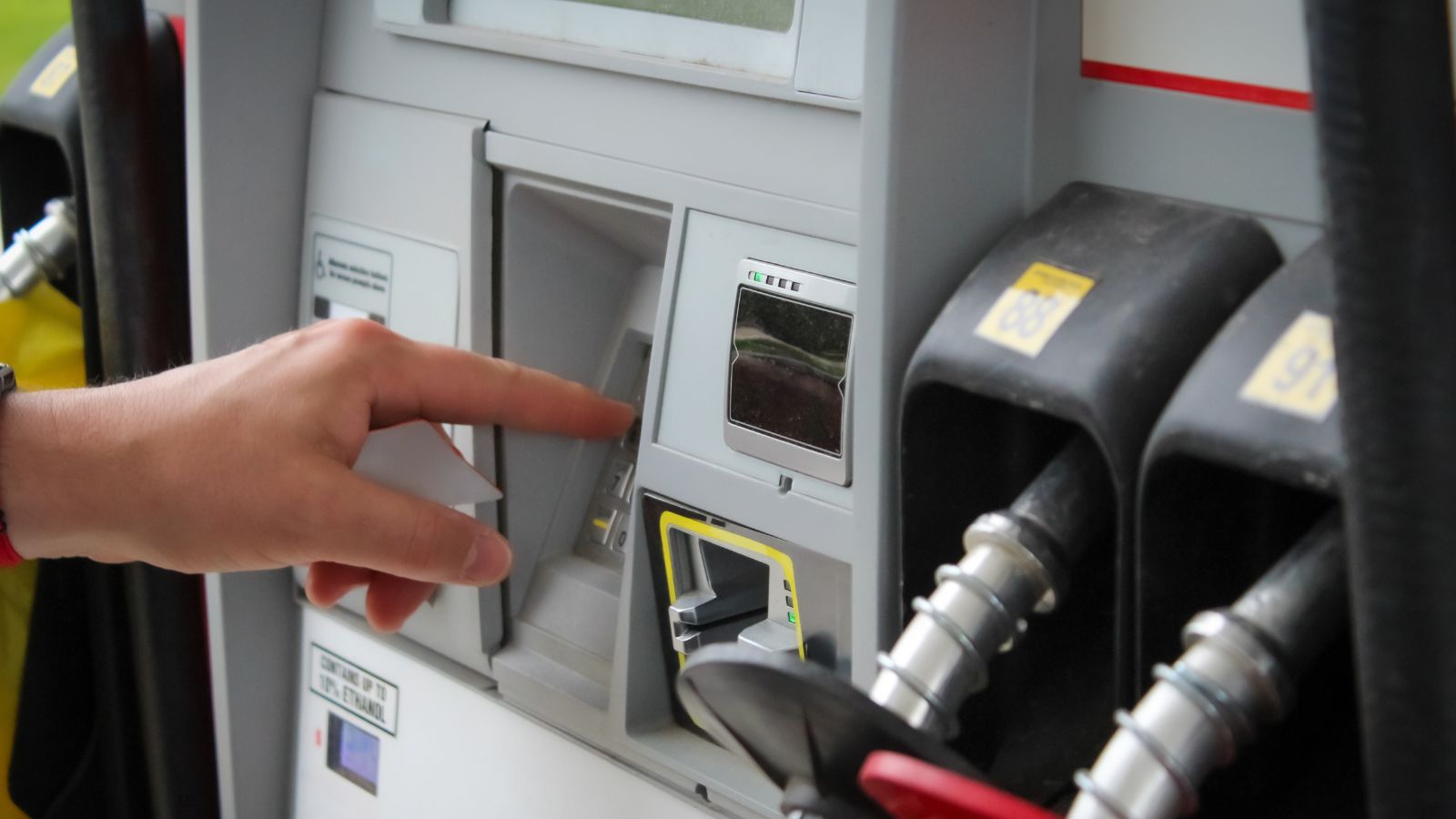
Some buyers forget hybrids aren’t electric cars. You still visit gas stations regularly, and in cold climates, the gas engine runs more than you think. For owners who thought they’d “go green” and almost never see a fuel pump, the reality is more like stretching out the time between visits.
The Hybrid Reality Check
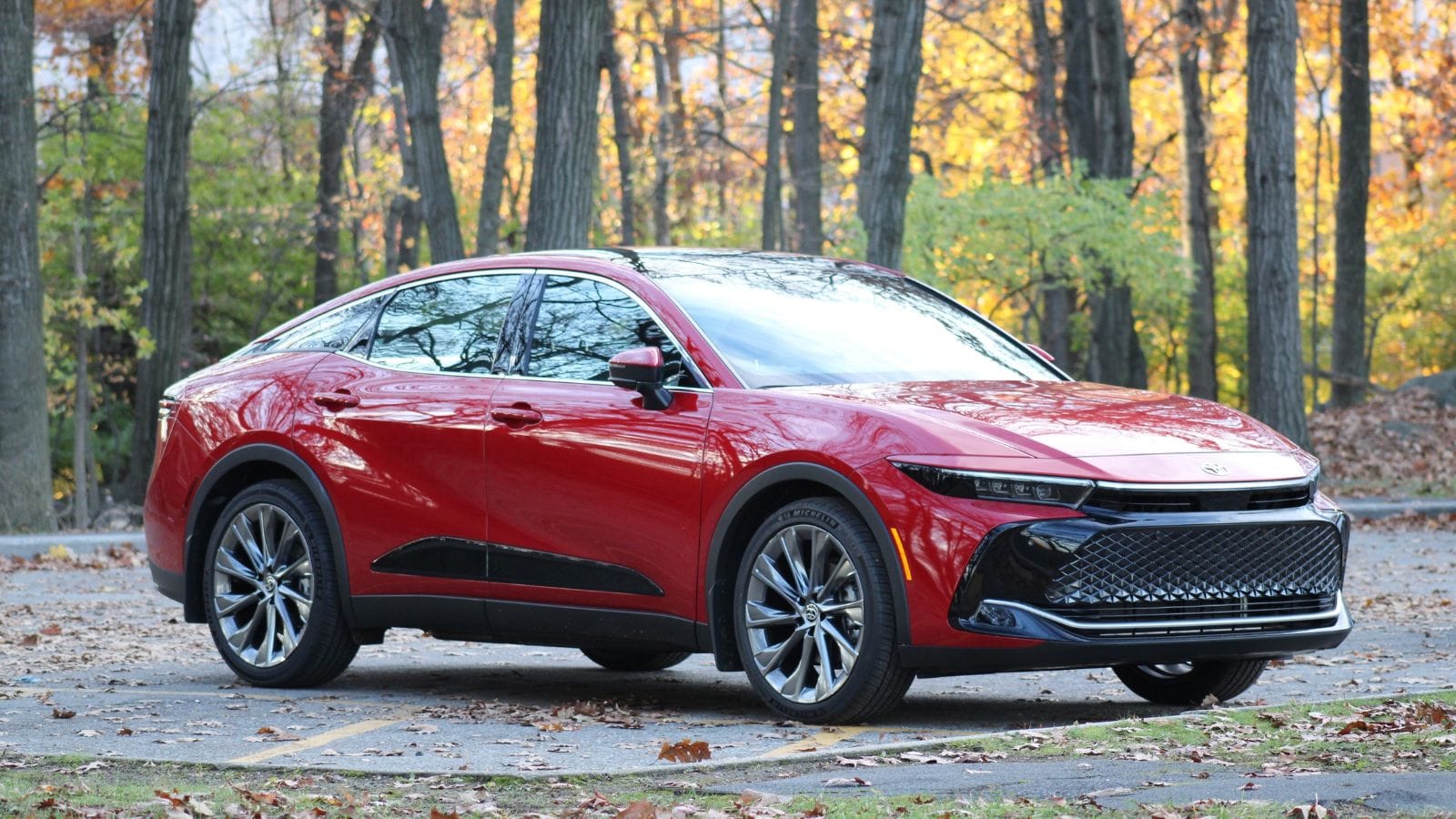
Hybrids are fantastic tools when matched to the right driver. For city dwellers, stop-and-go commuters, or families wanting comfort with some savings, they deliver. But the trade-offs are real. Canadian and American buyers who expect flawless efficiency, ultra-low costs, and electric-car behavior often face disappointment. Going in with open eyes is the key: hybrids aren’t perfect, but if you understand their quirks, they can still be some of the most practical and satisfying cars on the road today.
25 Facts About Car Loans That Most Drivers Don’t Realize

Car loans are one of the most common ways people fund car purchases. Like any other kind of loan, car loans can have certain features that can be regarded as an advantage or a disadvantage to the borrower. Understanding all essential facts about car loans and how they work to ensure that you get the best deal for your financial situation is essential. Here are 25 shocking facts about car loans that most drivers don’t realize:
25 Facts About Car Loans That Most Drivers Don’t Realize
